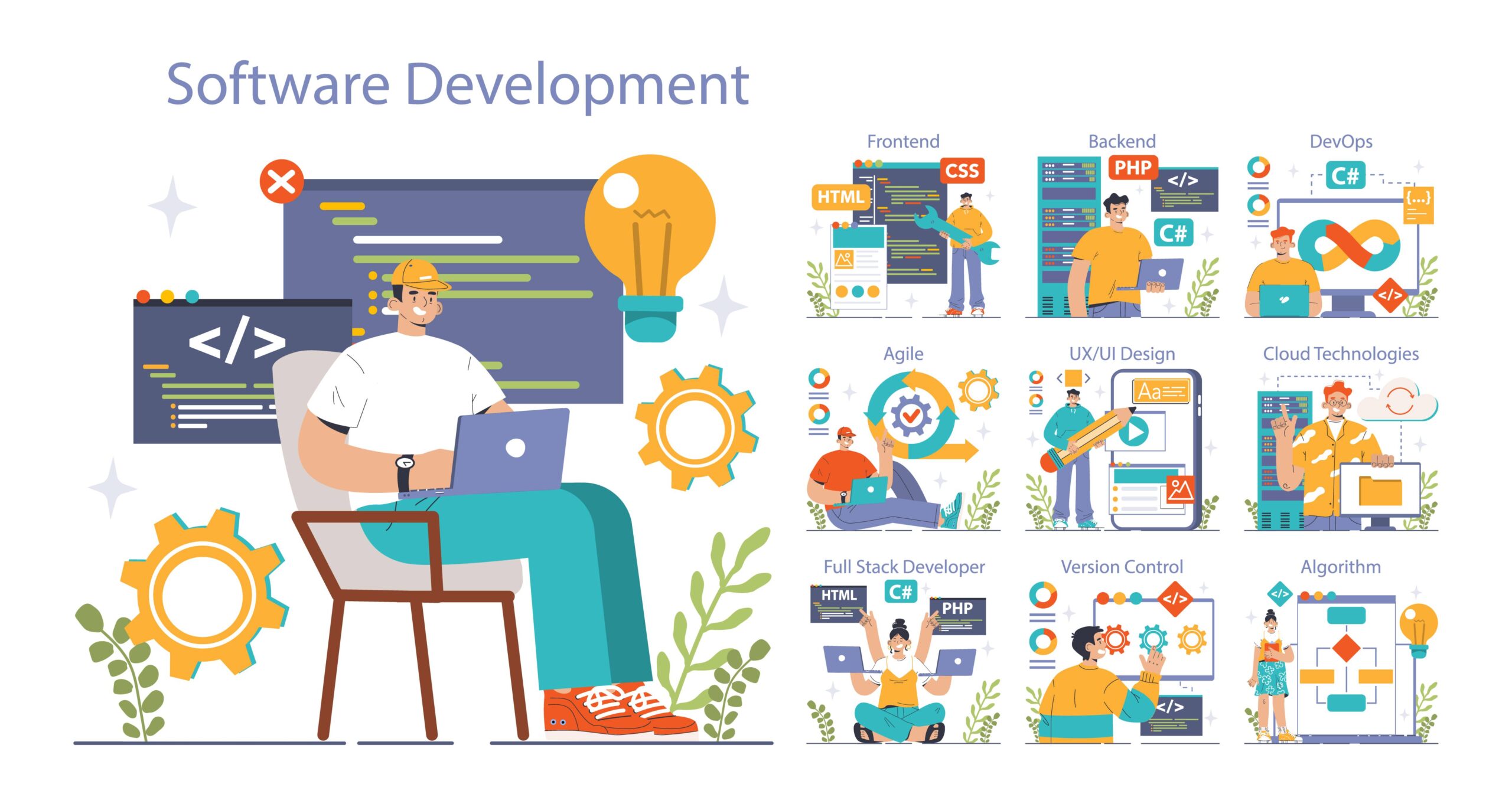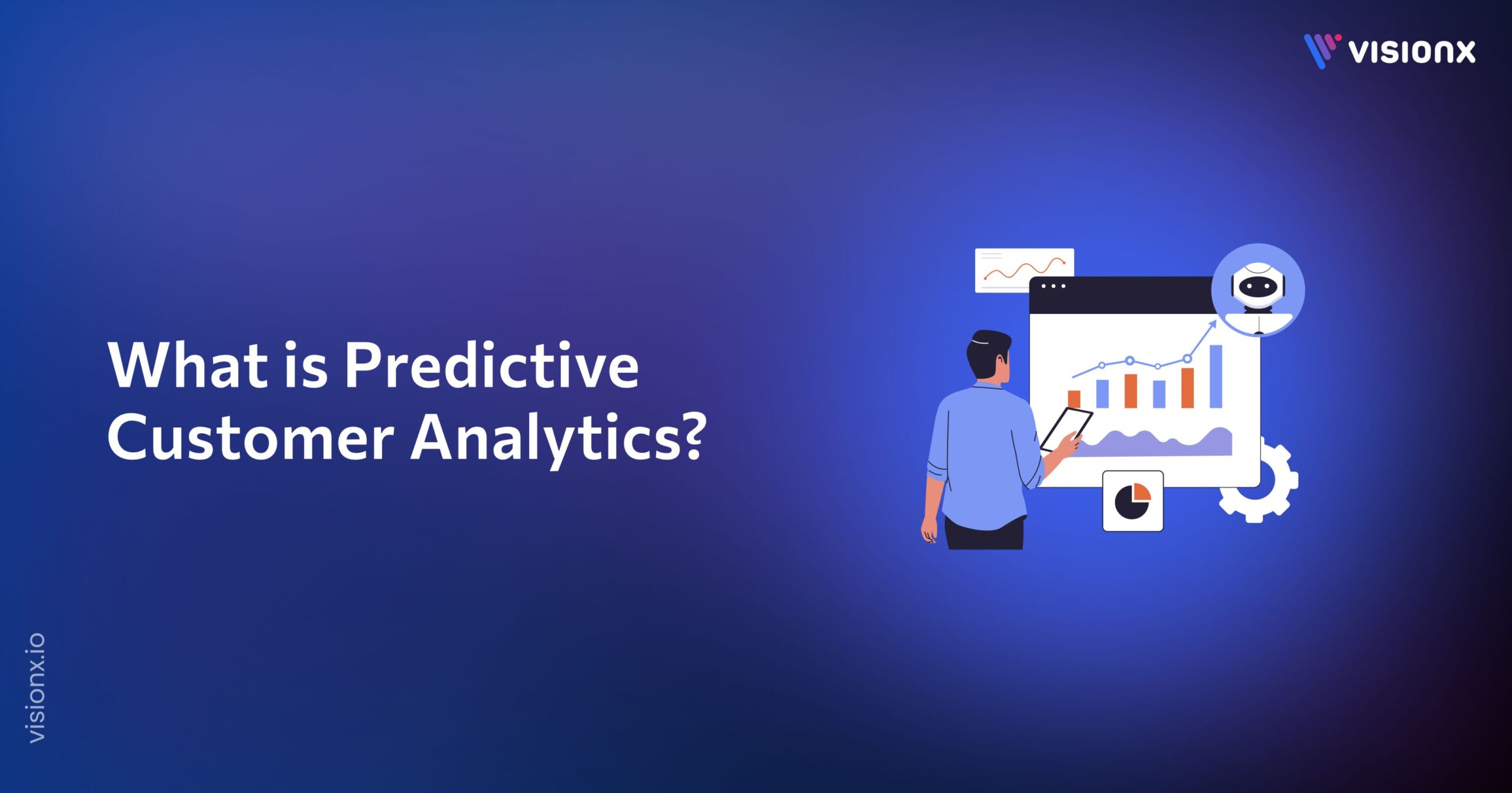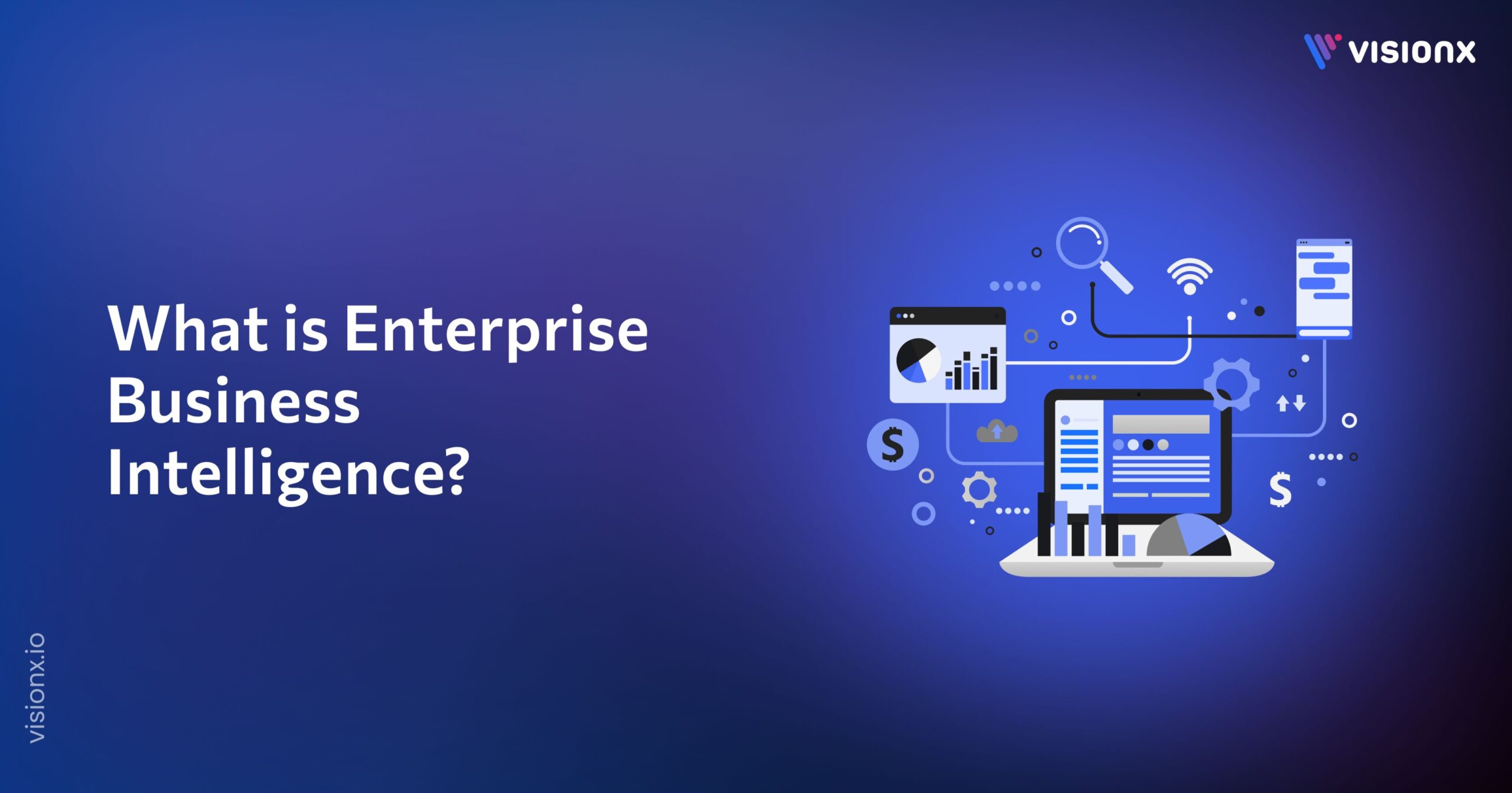Software development has become the basis of modern technology, profoundly influencing every domain of our lives, work, and interactions with the world around us. It is the driving force behind the applications that let us connect, tools for efficient productivity, and systems fueling whole industries.
Software is developed for nearly everything today, from mobile applications that ease everyday life to enterprise-level software that deals with millions of records and develops complex automation. Its scope is so broad that it covers everything from simple coding to complex algorithms serving artificial intelligence, reflecting a field that is not only broad in application but is also continuously evolving.
With users’ increasing demands and technology’s growth, software development has been on the front line in shaping the future of user experience and interaction with technology. This blog will explore the meaning, importance, process, and types of software development, as well as jobs that use software development.
What is Software Development?
Software development involves systematically designing an application, developing and testing it, and eliminating defects. Hence, it covers all the other phases of software development, from gathering requirements related to the stakeholder to analyzing and then designing the software.
After this, the software design is implemented through programming, followed by rigorous testing to ensure that the software meets the set requirements. Different methodologies, such as agile or waterfall, may be implemented to enhance flexibility and efficiency.
Software development is also not just about coding; it involves project management, quality assurance, and user support, hence becoming a professional collaboration across fields.
Why is Software Development Important?
Software development is the backbone that enables digital transformation across industries and acts as a catalyst for innovation, driving businesses to success in today’s digital world. It allows corporations to provide advanced solutions for current market demands and future trends, hence staying ahead of any competition.
All these processes enable the companies to automate repetitive tasks, reducing human intervention effort and minimizing errors. Hence, efficiency and productivity increase. Software development will also allow organizations to scale up quickly: expand their customer base, handle larger datasets, or integrate new technologies.
It also has essential significance in enhancing user experiences through intuitive and responsive applications that are personalized and engage users through different platforms—be it in a mobile app, a web service, or an enterprise system.
In simpler terms, it is for this reason that software development has become the pillar of modern digital transformation; through it, businesses are empowered to innovate, grow, and demonstrate adaptability to the quickly changing world of technology.
Software Development Process
The software development process consists of the following key steps;
1. Requirements gathering and analysis:
- Identify goals and target users.
- Collect and document functional and non-functional requirements.
2. Planning and estimation:
- Develop a project plan with timelines and responsibilities.
- Estimate effort, cost, and resources.
3. Software Design:
- Architect software structure and components.
- Design user interface and experience.
4. Development:
- Write and implement code iteratively.
- Ensure code quality through reviews.
5. Testing:
- Conduct various testing types (unit, integration, etc).
- Fix bugs and verify requirements.
6. Deployment:
- Package and install the software in production.
- Train end-users.
7. Maintenance:
- Monitor performance and address issues.
- Apply updates and supply support.
Types of Software Development
The following are the main types of software development;
1. Front-end Development:
Front-end development is done to create UI and UX for different websites and web applications, including what users see and link with, like layouts, buttons, and navigation menus. The frequently used languages of front-end development include HTML, CSS, and JavaScript.
Pros:
- It directly influences the user experience; hence, it is very important in terms of user engagement.
- The demand for skilled developers is continuous, as every business prioritizes being on the web.
Cons:
- Need to keep up with rapidly changing technologies and frameworks.
- Balancing between aesthetics and functionality is tough.
2. Back-end Development:
Backend development involves developing server-side applications that handle data storage, server logic, and application performance. A backend developer usually works with databases, server configurations, and APIs using programming languages such as Python, Ruby, PHP, Java, and Node.js.
Pros:
- Critical for application functionality, ensuring data is processed and stored correctly.
- Opportunities to work with various technologies and databases.
Cons:
- Sometimes, it is less visible to users and thus less acknowledged for work done.
- Strong problem-solving skills are needed to manage server-related issues and performance.
3. Full-stack Development:
It can be defined as the development of both the front and back ends, thus enabling the developers to work on everything concerning a web application. Full-stack developers might be described as those who have experience in client-side and server-side technologies, therefore being capable of providing complete solutions.
Pros:
- This broad, versatile skillset opens wider opportunities regarding jobs and gives more flexibility in general.
- Understanding and managing an entire development process increases collaboration inside the team.
Cons:
- Sometimes, this broad knowledge base is overwhelming for developers.
- It’s tough to keep up with the changes happening at the front and back end.
4. Web Development:
Web development includes creating websites and web applications that run on browsers. It covers the creation of a website, both on its front end or client side and on its back end or server side.
Pros:
- Broad accessibility from any device with internet access.
- Easier updates and maintenance since changes can be made server-side.
Cons:
- Requires a stable internet connection for users.
- Security vulnerabilities due to exposure to the web.
5. Mobile App Development:
This category involves the development of mobile applications running exclusively on mobile devices, including smartphones and tablets. Further breakdowns in this include native, hybrid, and web-based applications for mobile.
Pros:
- High user engagement because mobile apps can make use of device features like GPS and camera.
- Growing market potential, with increasing smartphone penetration globally.
Cons:
- Fragmentation across different platforms (iOS and Android) requires separate development efforts for each.
- Regular updates are necessary to uphold compatibility with OS changes and user expectations.
6. Desktop Application Development:
This is one of the types of software development which includes creating software applications that run on personal computers and laptops. It could either be standalone or require access to a network.
Pros:
- It can access all of the user’s hardware, thus delivering better performance with good usage of system resources.
- Often provides a richer user experience with more complex interfaces compared to web applications.
Cons:
- Limited to specific operating systems, necessitating separate Windows, macOS, and Linux versions.
- More challenging to distribute and update compared to web applications, as users must download new versions.
7. Game Development:
It involves developing video games for multiple platforms, from consoles and PCs to mobile devices. It’s a balance of programming, art, and design.
Pros:
- Most have very high revenue returns through sales and in-game purchases, specifically if the game goes viral.
- These apps’ interactive and immersive nature can be very engaging for their users and build communities.
Cons:
- It requires enormous input in time and resources, and the development cycles tend to take longer.
- The market is very competitive, which makes it difficult for new games to gain visibility or traction.
8. API Development:
API development is developing interfaces that help different software applications interact with each other through integrations and enhance capabilities.
Pros:
- It allows seamless integration across different systems, improving overall functionality and user experience.
- It promotes modularity, allowing ease of updating and maintenance of software components.
Cons:
- Complexity in managing different versions and ensuring compatibility across systems.
- Security risks if APIs are not adequately secured, potentially exposing sensitive data.
9. Cloud Computing Development:
This type of software development is concerned with the development of applications that run on cloud infrastructure for expandable and flexible solutions. Services that fall under this category will involve SaaS, which is short for Software as a Service, and cloud storage.
Pros:
- Depending on demand, resources can be scaled up or down, hence utilizing it effectively.
- It reduces the need to invest in on-premises infrastructure and its maintenance.
Cons:
- It depends on internet connectivity; hence, latency might arise, which will directly influence the user experience.
- This raises concerns about data security, as critical data is retained offsite and may be vulnerable to data breaches.
10. Embedded Systems Development:
This type focuses on creating software integrated into hardware devices, such as appliances, vehicles, and medical devices. It often involves real-time operating systems.
Pros:
- Ability to optimize performance for specific hardware, leading to efficient and reliable operation.
- Critical for the functionality of many modern devices, enhancing automation and user convenience.
Cons:
- Development can be complex due to hardware constraints and the need for real-time performance.
- Limited flexibility for updates, as changes may require physical access to the device.
11. Security Software Development:
Security software development involves the creation and establishment of tools to improve system safety against cyber threats. It involves antivirus software, firewalls, and intrusion detection systems.
Pros:
- It is very significant in the protection of sensitive data; users will have more trust in digital systems.
- It may aid organizations in meeting regulatory needs related to data security.
Cons:
- It requires constant updating and monitoring to keep pace with changing threats.
- It is highly resource-intensive in terms of development and requires specialized skills and knowledge.
12. Artificial Intelligence Development:
AI development is about developing systems with abilities that can handle activities normally, requiring human intelligence to learn, reason, and make judgments on problems.
Pros:
- The ability to automate complex tasks hence improves efficiency and accuracy.
- Can make personalized experiences and insights from analyzed data.
Cons:
- It requires specialized knowledge in machine learning and data science.
- Ethical concerns about bias and transparency in making decisions.
Summary
Software development is a diverse discipline, with different varieties offering specific advantages and challenges that best suit various needs. The type of software must be clear to the business or developer so that the appropriate choice can be made, whether for improving user experience, performance or driving innovation.
It means that whether developing a mobile app, a web platform, or an AI-powered solution, scalability, security, and maintainability are ensured by choosing the proper types of software development, hence becoming a driver of innovation and efficiency in today’s digital world.
VisionX offers Custom Software Development services tailored specifically to your business’s needs. Our team works closely with you, concentrating on specific needs and aims, ensuring that the final outcome aligns as much as possible with your intentions.
We will manage all stages, from ideation to deployment, to support you in increasing operational efficiency and adapting to new market demands. Let us create a solution that will drive your success!


